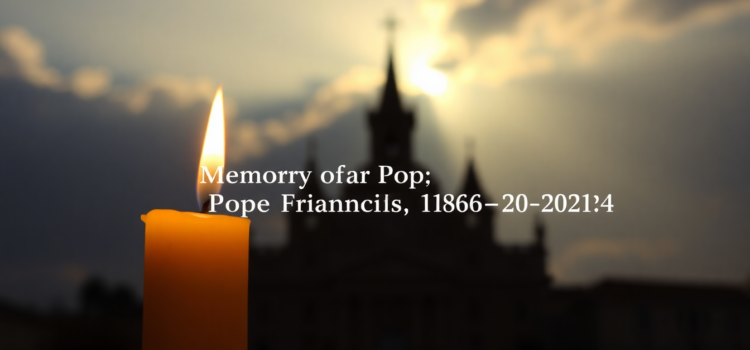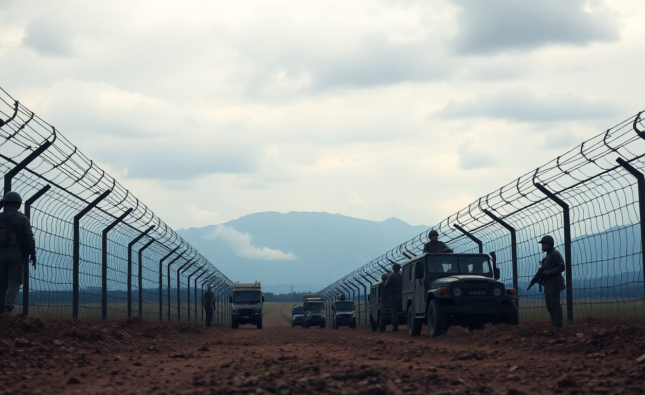
Pope Francis Dies at 88: A Look at His Legacy and Passing

Introduction
The world mourns the loss of Pope Francis, who passed away at the age of 88 at 7:35 a.m. local time in Vatican City on April 21, 2025. His death, caused by a cerebral stroke leading to coma and irreversible heart failure, marks the end of an era for the Roman Catholic Church. Vatican announces Pope Francis’ death following confirmation from an echocardiogram and official death certificate. This blog post delves into the circumstances of Pope Francis’ passing, his impactful leadership, and the implications for Catholicism worldwide.
Pope Francis: A Leader of Humility and Advocacy
Ascending to the papacy on March 13, 2013, Pope Francis became the first Latin American and Jesuit pope. He served for twelve years, leading the 1.4 billion-member Roman Catholic Church. His leadership was noted for humility and a strong commitment to causes that aligned with his vision of social justice, economic inclusion, and environmental stewardship. As the world reflects on his achievements, the Pope Francis death impact on the Catholic Church becomes a focal point for both his followers and the wider international community.
A Troubled Health Journey
In recent months, the Pope’s health was a growing concern, evidenced by a five-week hospitalization for double pneumonia, acknowledged as the longest of his papacy. Chronic conditions such as respiratory insufficiency, diabetes, and hypertension were compounded by his history of lung disease, with part of a lung removed during his youth. It was during these trying times that Pope Francis stroke and coma timeline progressed, ending in his untimely death.
Procedures Following the Papal Passing
With Pope Francis’ passing, attention turns to the Holy See’s protocols, where the camerlengo, responsible for administering Vatican affairs between popes, plays a key role. The funeral arrangements, including public visitations at St. Peter’s Basilica, will follow established traditions while honoring Pope Francis’ wish for a simple burial at the Basilica of Saint Mary Major, as noted in his final testament. His preference diverges from the norm of burial at St. Peter’s Basilica.
Conclusion
Pope Francis leaves behind a legacy rich in compassion and dedication to a more equitable world. As the Catholic community mourns his loss, the call for unity and continuity becomes paramount. This solemn moment invites reflection on his contributions and the potential future directions of the papacy. Reactions to Pope Francis’ death from world leaders underscore the global impact of his work.










Comments